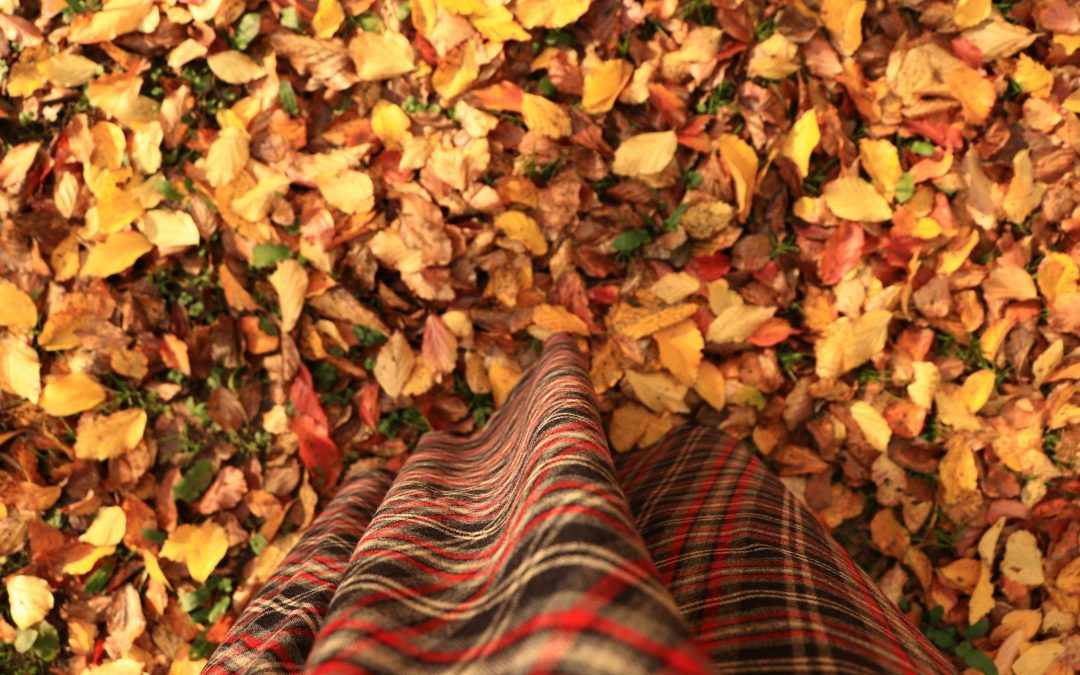Fall can feel like the true start of the homeschool year: cooler air, fresh notebooks, new rhythms. It’s also a season that lends itself naturally to hands-on learning—migration, harvest, weather shifts, and holidays offer ready-made themes. Whether you’re brand-new to homeschooling or returning after summer, here’s a practical guide to build a sustainable, rich fall season.
Set a steady rhythm, not a rigid schedule
– Start with anchors: Choose 2–3 non-negotiables (for example, math, reading, and a daily walk). Everything else can rotate.
– Use a “loop schedule”: Instead of fitting every subject into every day, make a list (science, history, art, foreign language). Do one per day; pick up where you left off next time.
– Plan short, frequent lessons: Younger kids thrive with 10–20 minute blocks; older learners can handle 30–50 minutes with breaks.
– Protect a reset day: Keep Fridays light for catch-up, projects, or field trips.
Create a fall-friendly morning time
A short gathering at the start of the day builds connection and primes learning.
– Read-aloud chapter or poem
– Calendar and weather observation
– Quick skill review (math facts, phonics, vocabulary)
– Short nature note (bird seen, leaf color change, sunrise time)
Lean into the season with integrated studies
Try a 4–6 week mini-unit that ties subjects together.
Nature and science
– Track sunrise/sunset to study daylight change; graph it weekly.
– Observe leaves: identify trees, press leaves, categorize by shape, test pigments with simple chromatography.
– Study migration: map monarch butterfly or bird routes; discuss energy needs and habitats.
– Weather lab: build a simple barometer; record pressure and temperature and compare to cloud types.
Literacy and storytelling
– Keep a nature journal: one illustration and a few descriptive sentences twice a week.
– Write a “how-to” about a fall activity (carving a pumpkin, making cider).
– Read seasonal short stories or folk tales; practice narration, summary, or character analysis.
Math in real life
– Bake something weekly: fractions, ratios, unit conversions, doubling/halving recipes, measuring temperature.
– Data collection: tally types of leaves in the neighborhood, measure acorns, calculate averages.
– Budget a fall celebration or trip: set a cost target, track spending, compare prices.
History and civics
– Look at harvest traditions around the world; map them and discuss climate and geography.
– Explore local government and community helpers through fall festivals, fire stations, or voting season issues where appropriate.
Art and handcrafts
– Nature weaving with twigs and yarn, leaf rubbings, watercolor landscapes.
– Photography walk: composition basics, capture color palettes of autumn.
Make the outdoors your classroom
Fall is prime field trip season, often with fewer crowds.
– Visit orchards, farms, botanical gardens, bird sanctuaries, or meteorology stations.
– Hike a local trail to compare ecosystems over multiple weeks.
– Keep a “field notes” card: date, location, weather, three observations, one question.
Helpful fall gear
– Layered clothing, waterproof shoes
– Clipboards, pencils, field guides or ID apps
– Hand lens, small sample bags, thermos for warm drinks
Build community and social learning
– Join or start a small co-op with one shared class (science lab, art, or debate).
– Library programs: story times, teen advisory boards, maker clubs.
– Volunteer: food banks, park cleanups, nursing home letter-writing, community gardens.
For high schoolers
– Map credits clearly: aim for daily math, regular lab science work, consistent writing, and a reading list that shows rigor.
– Plan assessments: fall is ideal for the PSAT, and winter/spring for SAT/ACT if needed.
– Document labs: photos, lab notebooks, data tables, conclusions.
– Portfolio building: essays, projects, volunteer hours, employment, certifications.
If you’re working while homeschooling
– Use time blocks: early morning core subject, midday independent work, late afternoon discussion/project.
– Create “independent work bins” per child with checklists, manipulatives, and reading.
– Record mini-lessons: short videos or voice notes with instructions so kids can replay while you’re in meetings.
– Keep a shared planner: kids check off tasks; you review in a 10-minute evening huddle.
Support well-being as days get shorter
– Guard sleep: consistent bedtimes keep attention strong.
– Get outside daily for light exposure; consider a simple lamp near the workspace on gray days.
– Start small rituals: tea and poetry, a weekly soup night, gratitude lists.
– Leave margin: not every opportunity needs a yes. A focused few go further than a crowded calendar.
Keep simple, meaningful records
– A weekly snapshot: what you read, math lessons completed, one photo of a project, one reflection from your child.
– Use rubrics sparingly: clarity on expectations for a narration, lab, or essay saves time and arguments.
– Monthly check-in: what’s working, what’s not, what to adjust. Swap one thing at a time.
A sample fall week (adapt as needed)
– Monday: Math, reading, nature walk with journals, art
– Tuesday: Math, writing, science lab, independent reading
– Wednesday: Math, read-aloud, history/geography, co-op or library
– Thursday: Math, writing, applied math through baking, music
– Friday: Field trip or project, catch-up, gameschooling
Quick book and resource ideas
– Picture books and poetry about seasons and nature for younger kids
– A solid read-aloud novel that suits your children’s ages
– Field guides for local trees and birds (or a reputable ID app)
– A weather kit or simple sensors for home experiments
Don’t forget the practicalities
– Check your local homeschool laws now: notification, required subjects, and record-keeping vary by location.
– Budget for experiences more than stuff: museum passes, state park permits, or a class often deliver more value than another curriculum purchase.
– Review tech: set up device time limits and create a short “tech contract” if needed.
The essence of a good fall homeschool is not perfection but presence: a steady rhythm, curiosity-led learning, and space for seasonal wonder. If you pick a few anchors, weave in the world outside your door, and stay responsive to your kids, you’ll build a fall that’s both productive and memorable.
